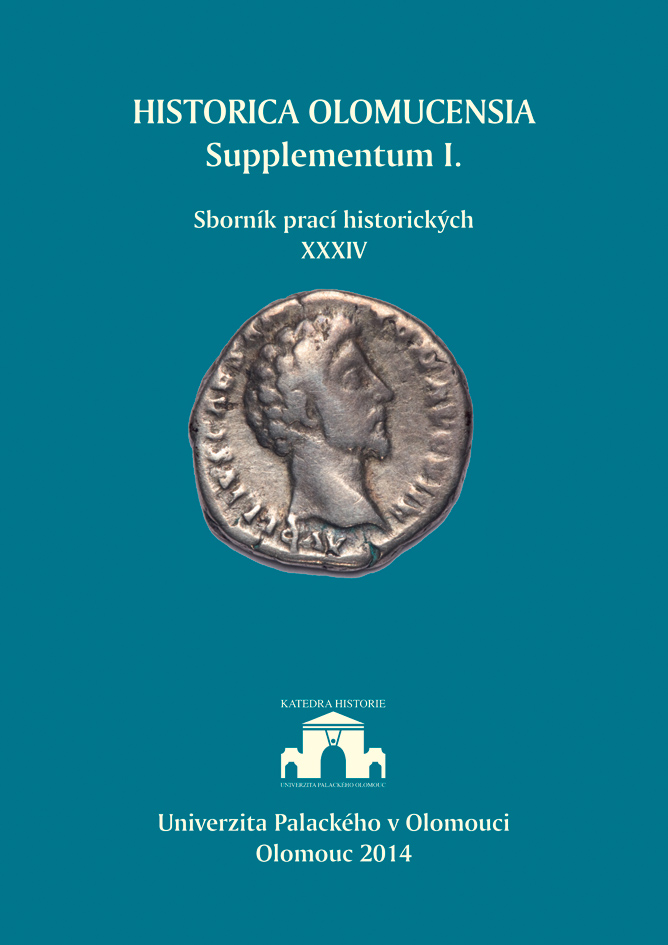Domus Aurea a renesanční grotesky
Domus Aurea and Renaissance Grotesques
Author(s): Barbara PokornáSubject(s): History
Published by: Univerzita Palackého v Olomouci
Keywords: Domus Aurea; wall painting; Fabullus; grotesque; ornament; monster; loggia; Raphael
Summary/Abstract: The Golden House was forgotten until the end of the 15th century when its accidental discovery typically interconnected Antiquity with the Renaissance period. Frescoes, called grottesche, became a phenomenon that influenced not only Renaissance artists, but also other generations of painters,sculptors, philosophers and writers. Primarily Raphael’s contemporaries, were so charmed by grotesques from comprehensible reasons that they made a range of unique pieces of art, especially Renaissance loggias, such as Logge di Raffaello, Loggia di Amore e Psiche or Loggia Mattei, through which it may be seen adopting new patterns of wall paintings coming from Nero’s period. The origin of grotesques is related to oriental cultures, however at full strength they appear with the Golden House only. These paintings already captured theorists of art and philosophers in Ancient times when they tried to reveal their mysterious beauty as well as their Renaissance followers.
Journal: Historica Olomucensia. Sborník prací historických
- Issue Year: XXXIV/2014
- Issue No: Suppl. 1
- Page Range: 291-303
- Page Count: 13
- Language: Czech

